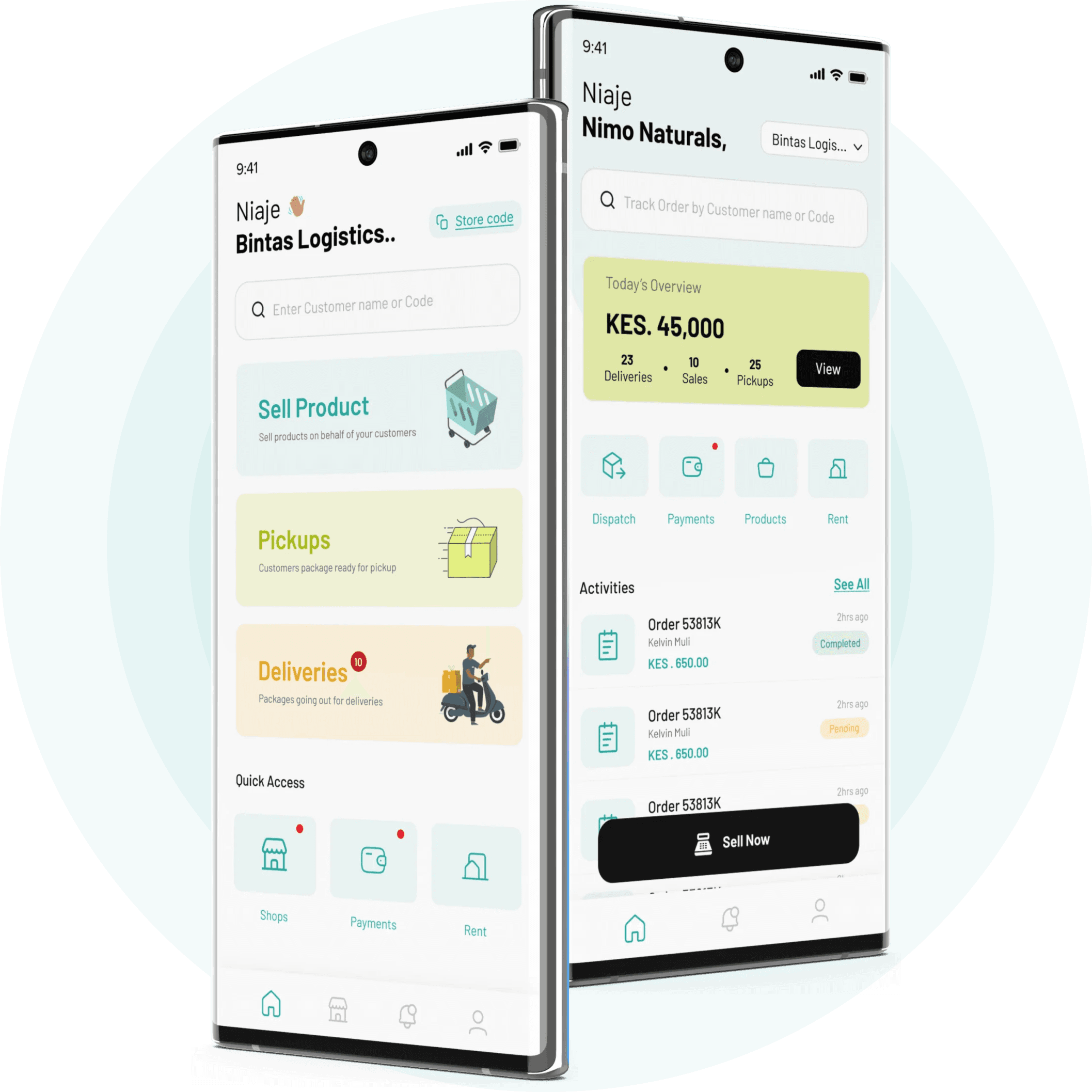Stages of Product Adoption
The product adoption process outlines the key stages a consumer experiences, from initial awareness of a product to fully incorporating it into their daily routine. The process typically unfolds in five main stages : 1. Awareness Stage 2. Interest Stage 3. Evaluation Stage 4. Trial Stage 5. Activation Stage 6. Adoption Stage
0 mins read
May 2, 2025
By Peter Muhia

So what is product adoption process?
Product adoption process outlines the key stages a consumer experiences, from initial awareness of a product to fully incorporating it into their daily routine. The process typically unfolds in 6 main stages :
1. Awareness Stage
2. Interest Stage
3. Evaluation Stage
4. Trial Stage
5. Activation Stage
6. Adoption Stage
Awareness Stage
The first stage in the product adoption process is awareness - when potential customers first learn that a product exists and gain a basic understanding of what it does.
Interest Stage
A potential customer transitions from awareness to the interest stage when the product resonates with their needs or the specific problem they’re trying to solve.
The type of information they seek at this stage varies based on which product adoption group they belong to e.g., early adopters vs. the majority, as well as their intended use cases. They’ll typically look for details on features, pricing, support, and how well the product aligns with their personal or professional goals.
Evaluation Stage
During this stage, the consumer actively evaluates the product to determine if it aligns with their particular requirements. It's typical for them to compare it against competing offerings.
From a psychological standpoint, a cost-benefit analysis takes precedence. Furthermore, risk aversion can play a significant role, potentially causing indecision if the choices are not clear-cut.
Trial Stage
At this point, the potential customer has made the decision to give your product a try. This could take the form of a free trial, receiving free samples, experiencing a product demonstration, or making an initial purchase.
During this trial phase, users put your product or service to the test against their individual needs. They are evaluating whether it lives up to its promised value, how well it integrates with their existing technology, the level of effort required to use it, and so on.
Activation Stage
The transition from agreeing to test a product out to committing to it long-term is too great to treat as one step. Pushing for widespread adoption directly at this step in the customer journey is premature. It’s only when you know that a user has activated – experienced value for the first time – that they can be convinced to stay.
Adoption
In this stage, the consumer makes the decision to integrate the product into their regular use or purchase the full version. It transitions into a consistent part of their daily routine or established business operations.
Looking to build your tech product the right way? Glitex Solutions Limited partners with you through every step of the journey. We ensure you build strategically, setting the stage for widespread product adoption.

